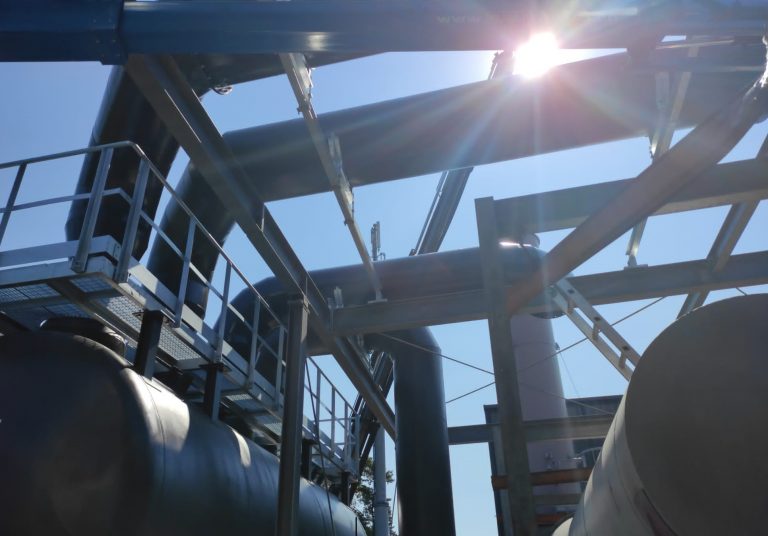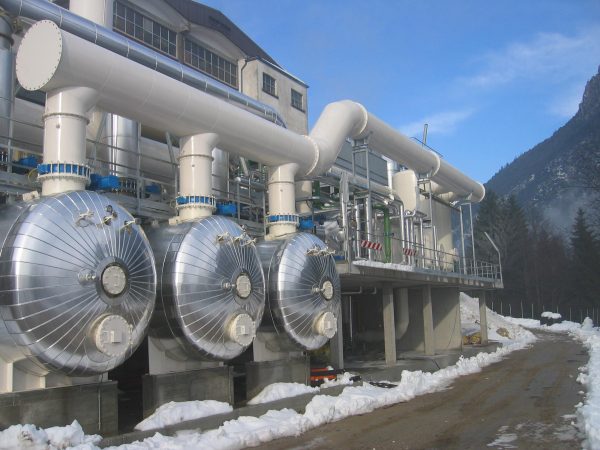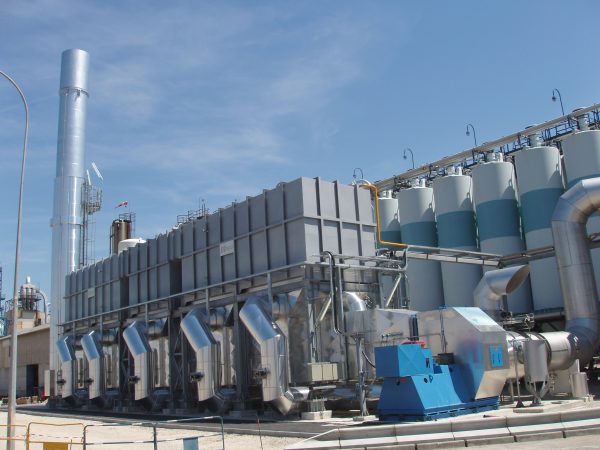Air purification systems may all look the same but, in reality, they often aren’t; maybe they are based on the same technology, or they are characterized by the same operating process, but the surrounding conditions may require technical measures that make them unique and ‘special’. These external constraints have a decisive influence on the design which, in those cases, requires a tailored product, designed to meet the specific technical needs of the area, or of the production cycle.
Which are the most critical points when it comes to industrial plants design?
The conditions that influence the design of an industrial purification plant are many, let’s try to understand which are the main ones:
1 – THE PHYSICAL SPACE AVAILABLE FOR INSTALLING THE SYSTEM
A first peculiarity may depend on where the systems, object of the order, must be installed: the available space can greatly influence the design of the plant.
Some plants, for example, can be developed vertically to overcome the drawback of limited available horizontal area. In this case, it will be necessary to provide appropriate access structures at a height to allow maintenance and inspection.
Other systems, on the other hand, can be built by limiting the overall height, since they could be installed indoors or in areas with limited height: in these cases, it will be necessary to provide suitable access routes that allow inspection and maintenance in the lower areas of the plant.
In other cases, the positioning of the plant on the ground is not feasible, it is therefore necessary to study solutions that reduce the overall weight, and make it suitable for positioning at height (on the roof of a building, for example); the plants are however very heavy, so it will most likely also be necessary to install a support structure capable of supporting the load of the system.
2 – A PLANT INSTALLED OUTDOORS OR INDOORS?
The systems can be installed both outdoors and indoors and, in both cases, the impact of the system in the context in which it will be installed must be carefully evaluated, with particular attention to some relevant factors such as:
- the noise generated by the operation of the system
- thermal loads connected to the operation of the plant
- presence of potentially dangerous substances and compounds (solvents, thermal fluids, fuels)
- proximity to the borders of third party property
- proximity to other machinery present in a production

3 – PLANT INSTALLATION IN DIFFICULT CLIMATIC CONDITIONS
Very often purification plants are installed outside: in this case, they must be able to withstand atmospheric agents, which do not have the same impact in all areas of our planet.
The temperature in the installation area
There are systems intended to be installed in very cold areas, where the temperature can reach 50 °C below zero! In these cases, the plants must be made with special materials, the instrumentation must be able to operate in extreme conditions, or arrangements must be made to protect the system from freezing, such as, for example:
- insulating panels
- Electrical tracing capable of heating the most endangered parts
- forced heating systems
Other systems, on the other hand, can be installed in very hot areas, where temperatures can reach +55 °C: in this case, attention will be paid to cooling the most sensitive parts of the system, through air conditioning, which is essential to make the instrumentation and, in particular, the automation work properly.
The humidity in the installation area
Particular attention should also be paid to the possible presence of high humidity: let’s think of areas of the territory characterized by continuous and consistent rains (tropical areas, monsoon regions) or at risk of flooding: in these cases, the plants will be built on structures elevated from the ground or they will require the presence of separation and discharge devices for the accumulated condensate.
The altitude of the installation site
Purification plants operate by purifying the air, which is a gas (or rather, a gas mixture). For this reason, the altitude of the installation site can also influence the plant sizing: just think that at 2000m above sea level, the air volume ( the “space” it occupies) is 20% greater than at the sea level. In this case, all plant equipment must comply with these conditions.

4 – THE DANGER OF THE INSTALLATION AREAS
The installation area of the system, beyond its size, could be characterized by a certain degree of danger. This happens, for example, when we are in the presence of flammable or explosive gas or dust.
There can be many examples:
- refineries
- chemical industries
- coal mines
- liquefied gas deposits
- production or storage of explosives
In all these cases, high quantities of flammable or explosive compounds may be present, therefore the plant must provide the necessary safety devices, such as, for example, explosive detection sensors, intrinsically safe barriers, components in explosion-proof execution, flame arresters.
All these components allow the system to operate in such dangerous environments, without increasing the degree of danger in the area.

5 – THE OPERATING CYCLES
Some plants, in order to reduce the final production costs, are designed to operate continuously; 24 hours a day and 365 days a year. In these cases it is essential, during the design phase, to provide redundant equipment, which allows maintenance to be carried out or which supports the presence of any faults, while maintaining continuous operation.
Other plants, on the other hand, are acquired by the client for discontinuous use. They will therefore only work for a few hours a day or maybe just a few days a week or a month. In this case, the design and planning of these systems must be able to support continuous on and off cycles and withstand long periods of inactivity, remaining ready and efficient when needed.
